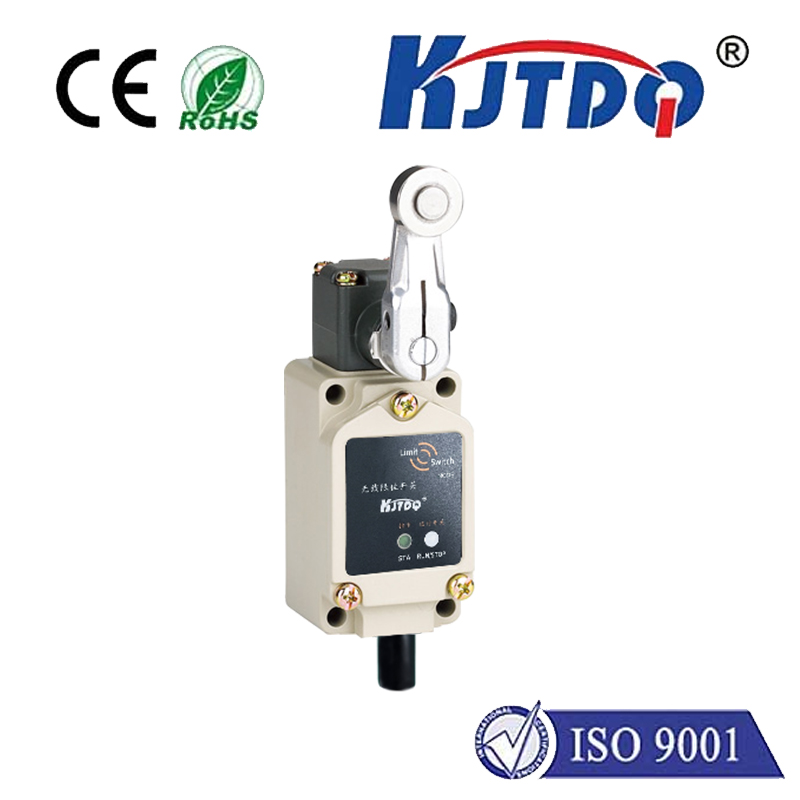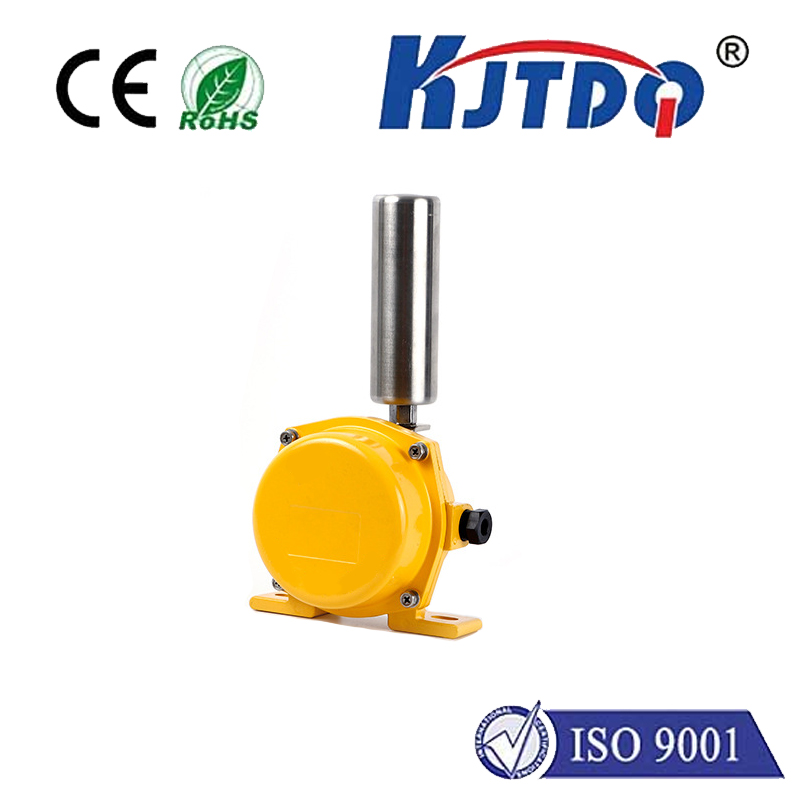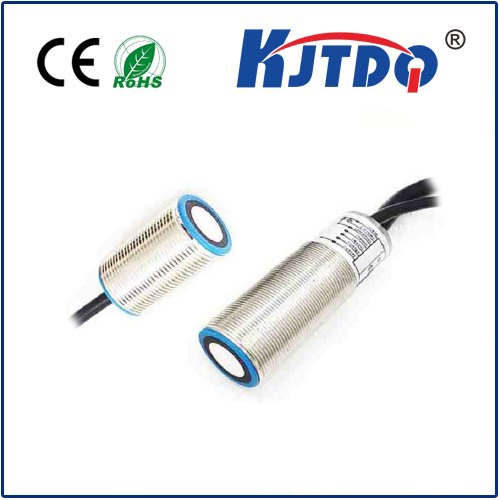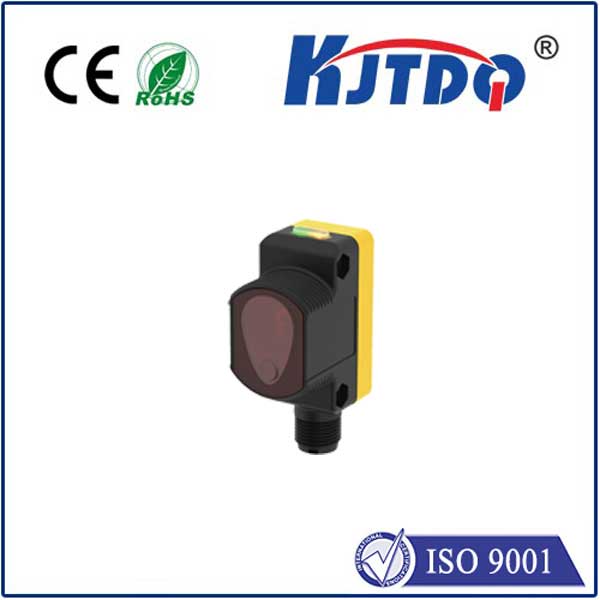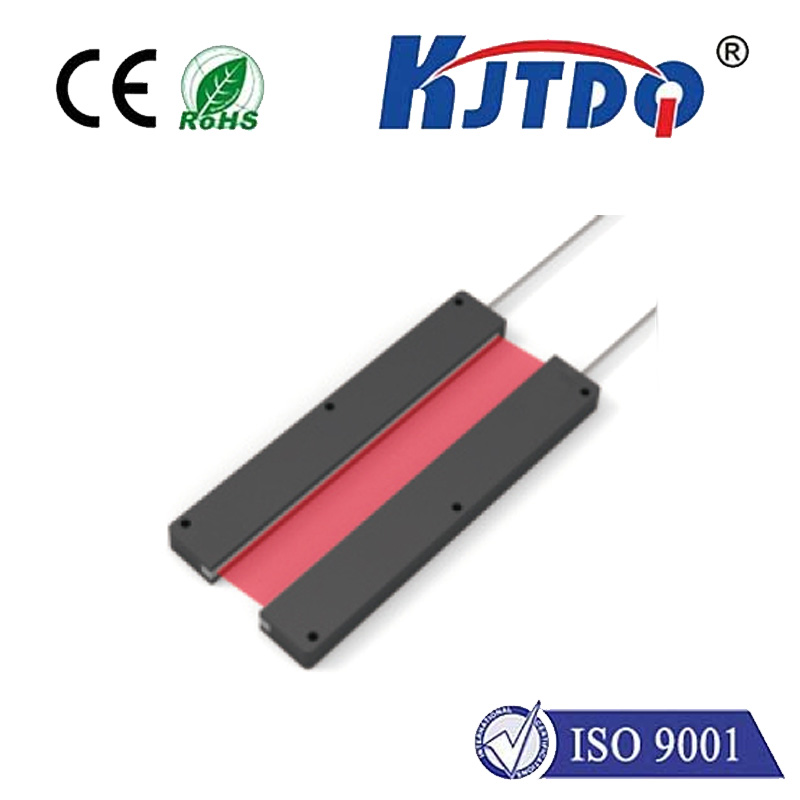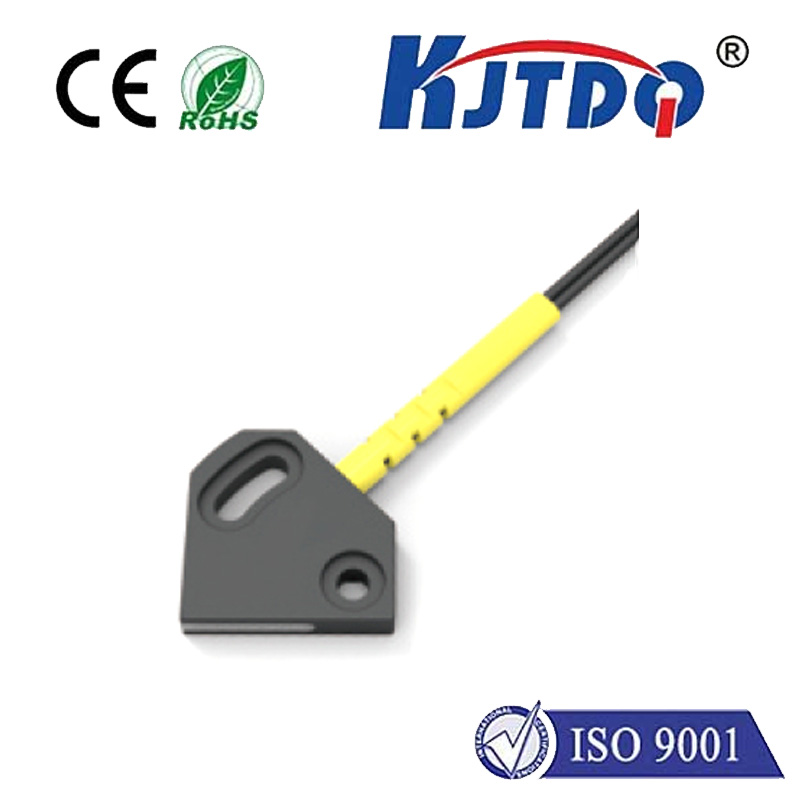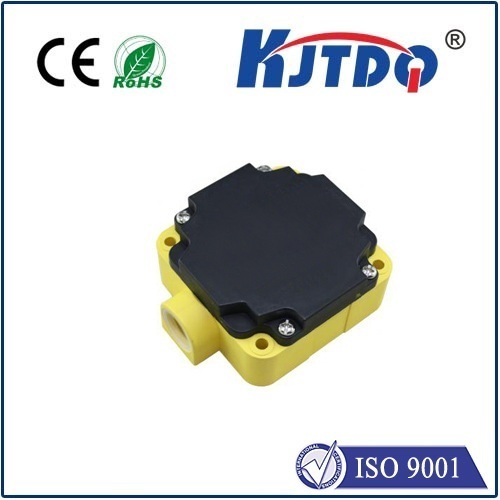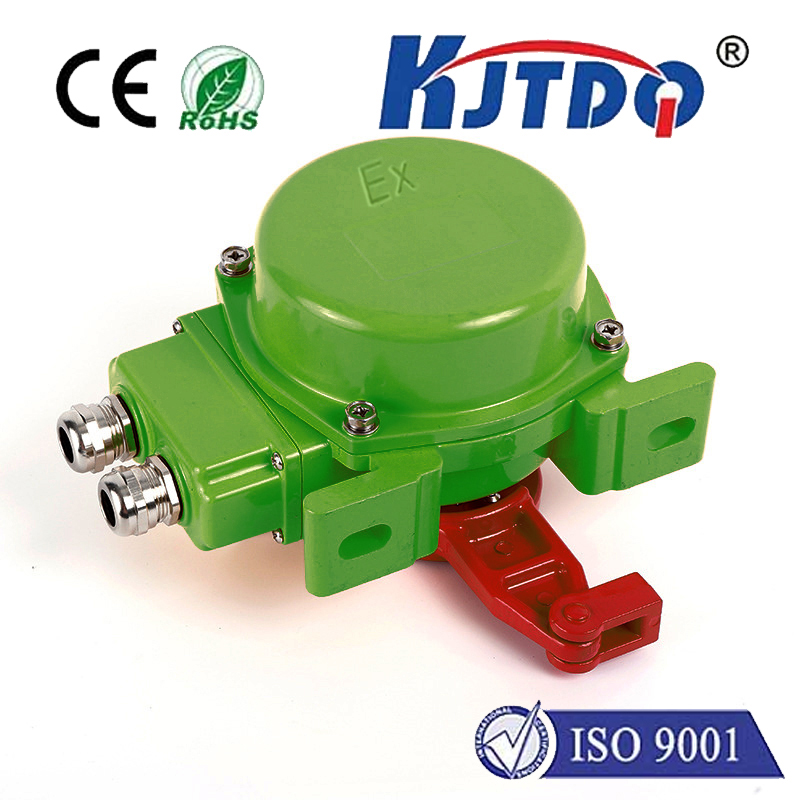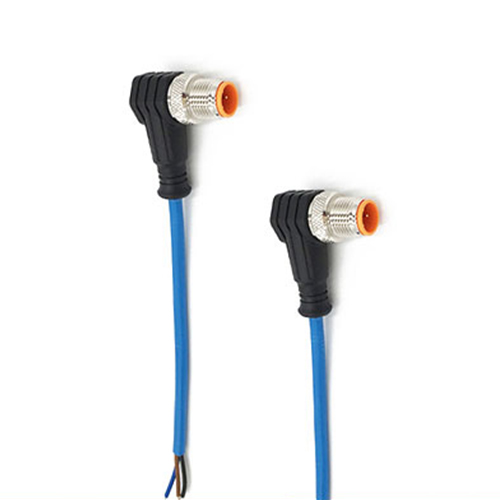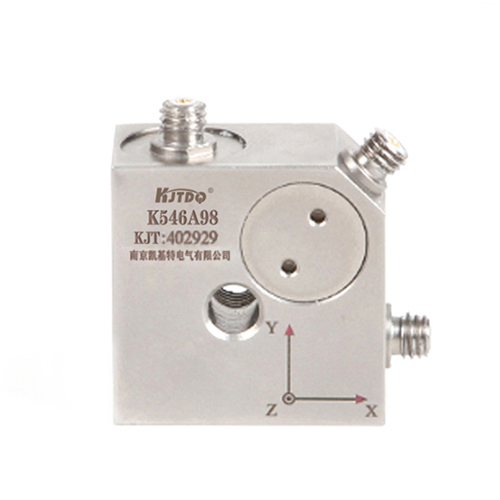

check

check

check

check

check

check

check

check

check

check
Title: The Ultimate Guide to Fan Limit Control Switches
Introduction
Fan limit control switches are essential components of modern ventilation systems. These switches help regulate the speed and airflow of fans, ensuring optimal performance and energy efficiency. In this guide, we will delve into the working principle and types of fan limit control switches, as well as their advantages and disadvantages. By the end of this article, you will have a comprehensive understanding of how fan limit control switches can benefit your ventilation system.
Section 1: Working Principle of Fan Limit Control Switches
Fan limit control switches work by monitoring the speed of the fan and adjusting it accordingly. They use either a pulse-width modulation (PWM) technique or a continuous-duty cycle (CD) method to achieve this. In PWM mode, the switch sends a brief high-frequency pulse to the fan motor, which causes it to rotate at full speed for a short time. This creates a high-power surge that pushes the air through the vents more effectively. On the other hand, in CD mode, the switch maintains the fan's full speed for a prolonged period, reducing power consumption but potentially decreasing airflow.
Section 2: Types of Fan Limit Control Switches
There are two primary types of fan limit control switches: voltage-controlled and current-controlled. Voltage-controlled switches adjust the voltage supplied to the fan motor based on the desired speed setting. They are typically less expensive than current-controlled switches but may not offer as much flexibility in adjusting the fan's speed. Current-controlled switches, on the other hand, regulate the amount of current flowing through the fan motor based on the desired speed setting. They are more versatile but can be more expensive than voltage-controlled switches.
Section 3: Advantages of Fan Limit Control Switches
Fan limit control switches offer several advantages over traditional ventilation systems:
1. Improved Airflow: By monitoring and regulating the fan's speed, fan limit control switches ensure optimal airflow throughout the room or building. This helps maintain comfortable temperatures and improve overall air quality.
2. Energy Efficiency: By reducing the amount of power needed to run the fan at full speed, fan limit control switches significantly lower energy consumption. This not only saves money on electricity bills but also reduces greenhouse gas emissions and contributes to a more sustainable environment.
3. Versatility: Fan limit control switches come with various preset speeds and adjustable settings, allowing users to customize their ventilation system according to their needs. This makes them ideal for use in residential, commercial, and industrial settings alike.
4. Easy Installation and Maintenance:fan limit control switches are designed to be easy to install and maintain. They typically require no specialized tools or knowledge, making them a convenient choice for homeowners and business owners alike.
Section 4: Disadvantages of Fan Limit Control Switches
Despite their many benefits, fan limit control switches do have some drawbacks:
1. Initial Cost: While fan limit control switches can save energy over time, they may initially cost more than traditional ventilation systems without these features. However, once installed and running, they can significantly reduce overall energy consumption, making them a worthwhile investment in the long run.
2. Interference with Other Systems: Depending on their design and placement within the ventilation system, fan limit control switches may interfere with other devices or systems in your home or office. This is less of an issue with professionally installed and designed ventilation systems but can be a concern for DIY enthusiasts or those using older models.
Conclusion
In conclusion, fan limit control switches are an essential component of modern ventilation systems that offer numerous benefits over traditional systems. Their ability to improve airflow, conserve energy, and provide customization options make them an attractive choice for homeowners and businesses alike. Although they may have some initial costs and potential interference issues, their long-term savings on energy bills and contributions to environmental sustainability make them a worthwhile investment for anyone looking to enhance their ventilation system's performance and efficiency.
